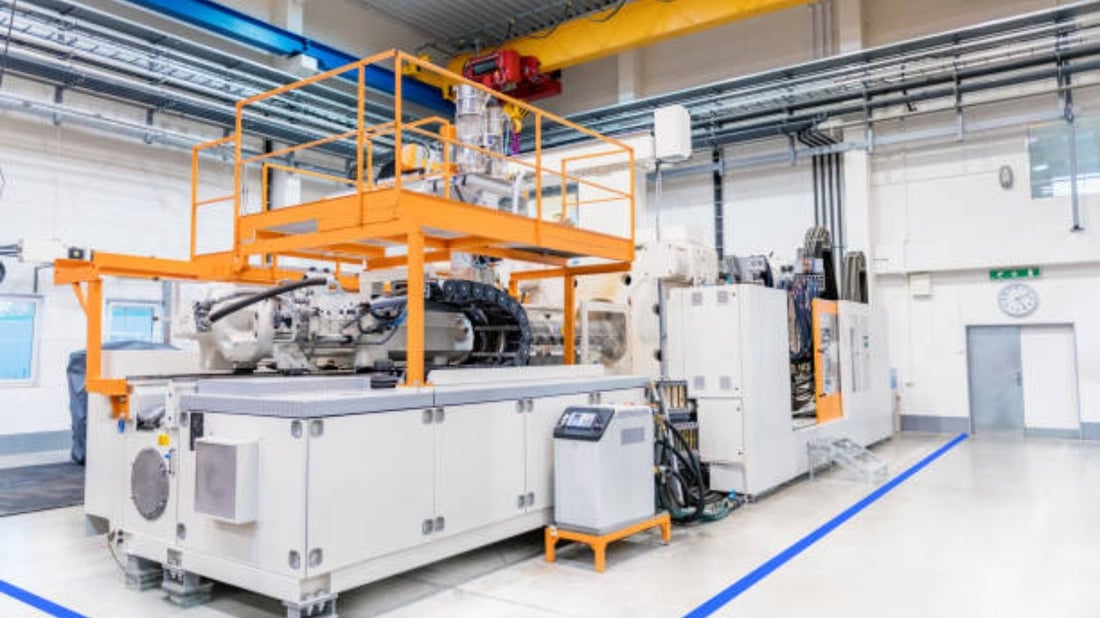The Evolution of turning cnc machine: A Comprehensive Guide
Introduction: In the realm of advanced manufacturing, the turning CNC machine has revolutionized production processes across various industries. This versatile piece of equipment has become an integral part of modern manufacturing, providing efficient and precise machining capabilities. In this article, we will delve into the different aspects of turning CNC machines, exploring their functionalities, applications, and the advancements that have made them indispensable in today's manufacturing landscape.
1. Understanding Turning CNC Machines
Overview: A turning CNC machine, also known as a lathe, is a tool that rotates a workpiece on its axis to perform cutting, drilling, and shaping operations. It utilizes computer numerical control (CNC) technology, enabling precise and automated control of the machining process. Turning CNC machines can be categorized into two main types: horizontal lathes and vertical lathes.
Horizontal lathes have the workpiece positioned horizontally, while vertical lathes have the workpiece positioned vertically. Both types offer unique advantages and are suitable for different applications.
2. Advancements in Turning CNC Machines
High Precision: One of the significant advancements in turning CNC machines is their enhanced precision. Modern CNC machines are equipped with advanced sensors and feedback systems that ensure precise positioning and measurement. This level of precision allows for intricate and complex machining operations, resulting in high-quality finished products.
Automation: Automation is another key advancement in turning CNC machines. With the integration of robotics and artificial intelligence, today's CNC machines can perform tasks autonomously. They can automatically change tools, adjust cutting parameters, and even load and unload workpieces. This automation not only improves productivity but also reduces the need for manual intervention, minimizing the risk of human error.
3. Applications of Turning CNC Machines
Automotive Industry: Turning CNC machines play a crucial role in the automotive industry. They are used for manufacturing engine components, such as crankshafts, camshafts, and pistons. These machines ensure precise shaping and finishing of these critical parts, contributing to the overall performance and reliability of vehicles.
Aerospace Industry: The aerospace industry heavily relies on turning CNC machines for the production of aircraft components. From turbine blades to landing gear components, CNC machines ensure the highest level of precision and repeatability required in this demanding industry. The ability to work with various materials, including titanium and composites, makes turning CNC machines indispensable in aerospace manufacturing.
4. Advantages of Turning CNC Machines
Efficiency: Turning CNC machines offer unparalleled efficiency in machining operations. They can perform multiple operations on a workpiece without the need for manual intervention, resulting in faster production cycles and increased productivity.
Accuracy: With their precise control and measurement capabilities, turning CNC machines deliver exceptional accuracy. This accuracy ensures consistent quality and dimensional accuracy of machined parts, reducing the need for rework and minimizing scrap rates.
5. Future Trends in Turning CNC Machines
Integration of IoT: The Internet of Things (IoT) is poised to revolutionize the manufacturing industry, and turning CNC machines are no exception. The integration of IoT technologies will enable real-time monitoring of machine performance, predictive maintenance, and remote control and diagnosis. This connectivity will optimize production processes and enhance overall efficiency.
Advancements in AI: Artificial intelligence (AI) is expected to play a significant role in the future of turning CNC machines. AI algorithms can analyze and optimize machining parameters, improving efficiency and reducing production costs. Additionally, AI-powered machine learning can enhance predictive maintenance capabilities, ensuring minimal downtime and maximizing machine utilization.
6. Conclusion
The Turning CNC Machine: A Game-Changer in Manufacturing
As we have explored, turning CNC machines have transformed the manufacturing landscape with their precision, automation, and versatility. From automotive to aerospace industries, these machines have become indispensable for producing high-quality components with utmost efficiency. With ongoing advancements and the integration of IoT and AI technologies, the future of turning CNC machines looks promising, promising even greater possibilities and efficiencies in the manufacturing realm.

